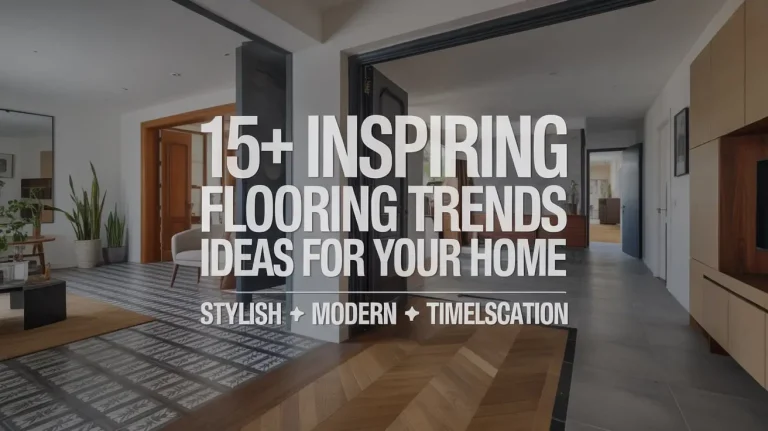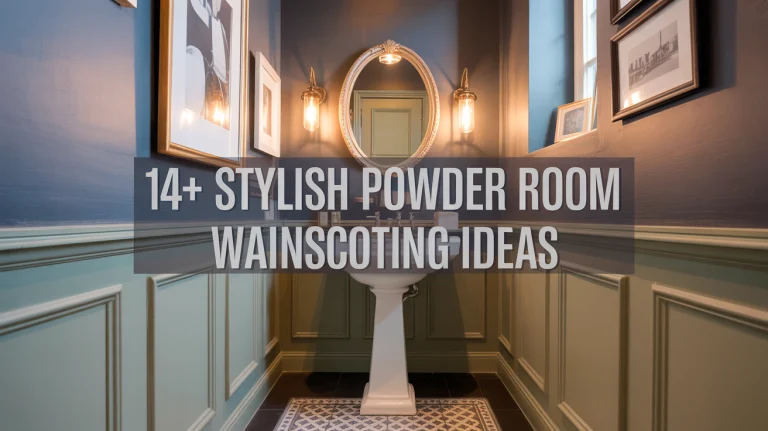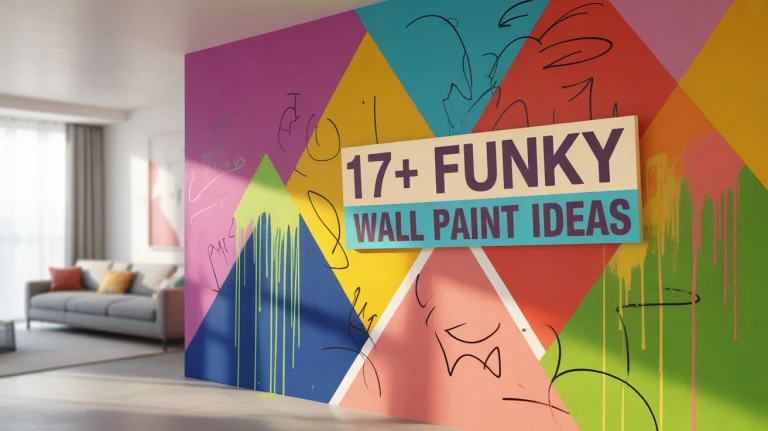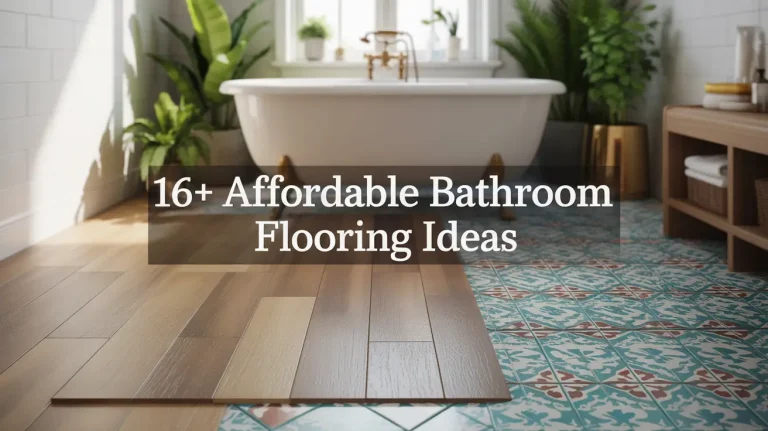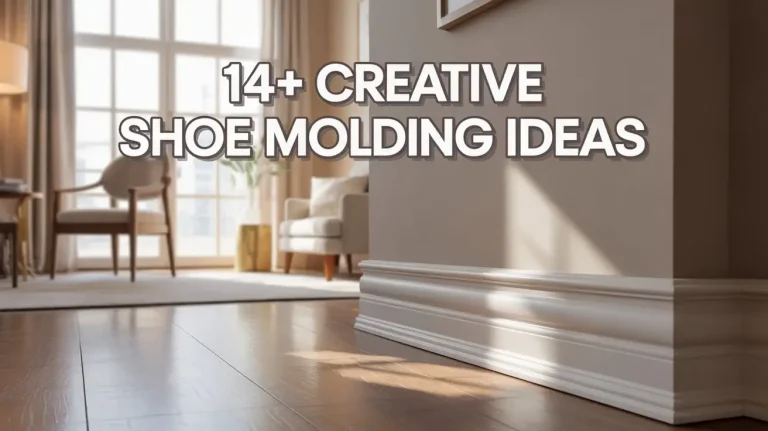14+ Creative Small Under Stairs Playroom Ideas

Introduction

That odd spot under your stairs doesn’t have to stay empty or collect clutter. With a little love and imagination, it can turn into your child’s favorite place in the house. From cozy hideouts to colorful mini play zones, even the smallest nook can feel like a world of its own. This guide will show you how to make that hidden corner into something joyful, useful, and lasting—without needing a huge budget or a big room.
1. Create a Reading Nook With Personality

Books can take kids anywhere—far-off castles, deep jungles, or space adventures. If your child enjoys stories, this space is perfect for a book nook. Soft lighting, a few cozy cushions, and open shelves set the scene. Add curtains or a tiny doorway to give it a private, special feel. Use wall decals of characters they love. Personal touches like a name sign or framed drawings make it theirs. Don’t forget a light they can reach easily for quiet night reading.
2. Make a Mini Art Studio That’s Easy to Clean

Kids love to paint, draw, and build things. That energy needs a place to go—and the space under your stairs is just right. Choose washable wall paint or put up a chalkboard wall. Add a low table and plastic bins for markers, clay, and crayons. Use a linoleum mat or tile to protect the floor from spills. Let kids tape their artwork to the walls or hang it on string with clothespins. Keeping it fun and simple makes cleanup easy and playtime more exciting.
3. Design a Tiny Theater for Big Imagination

Some kids shine when they get to perform. Turn the stair space into their own stage. Add a curtain they can pull open, maybe with a tension rod. A dress-up rack with old clothes or costume pieces encourages fun. Use small hooks for hanging hats, scarves, or props. A mirror on the wall helps them practice faces or moves. You can even paint stars on the ceiling or write “Backstage” on the wall. This playroom idea grows with your child’s creativity.
4. Build a Safe Climbing and Crawling Zone

Little ones love movement. With the right setup, this spot can become a mini indoor gym. Soft mats on the floor help with safety. Foam steps or cushions let toddlers crawl and climb. You might add a hanging rope or monkey bar if the space allows. Keep things low to avoid falls. It’s also great for sensory play—textured walls, different shapes, and gentle lighting give the room variety. This kind of play helps with motor skills while burning off energy.
5. Turn It Into a Hideaway Fort

Sometimes kids just want a little spot to call their own. A fort under the stairs gives them that secret clubhouse feel. Add a simple beanbag or soft rug, a few plush toys, and maybe string lights. Let them add their favorite things—stickers, photos, or drawings. You can even build a small wood frame with a door and a window if you want something more permanent. When it feels like their own world, they’ll keep coming back.
6. Set Up a Toy Workshop or Builder’s Corner

If your child is into LEGO bricks, trains, or blocks, this space can work wonders. A low table with storage underneath keeps things neat. Use wall-mounted containers for easy access. You can sort pieces by color or type using see-through bins. Add pictures of past builds to inspire new ones. Even a pegboard on the wall helps display tools or supplies. This hands-on zone helps kids stay focused, think critically, and create with pride.
7. Make a Dollhouse or Action Figure Haven

Many kids have collections—dolls, action figures, plushies. Instead of letting them spread across the house, give them a home under the stairs. Use shelves of different heights to display and store. Add wallpaper or removable decals for background scenes—like castles or cities. A fold-out table can be used for play scenes. It’s easy to set up and pack away. This space encourages storytelling and roleplay in a place that’s organized and fun.
8. Add a Magical Glow with Lights

Lighting can change everything. Even a small space feels bigger with the right glow. Use string lights, wall sconces, or battery-powered LEDs. Let your child pick the color or shape—like stars, moons, or fairies. You can also paint glow-in-the-dark shapes on the ceiling. Lighting adds wonder and comfort, especially if your child is shy or afraid of the dark. It turns a tiny room into something that feels alive and welcoming.
9. Install a Slide-Out Storage and Play Combo

Not every under-stair playroom has to be out in the open. Sliding drawers or pull-out platforms can hide toys when playtime ends. One drawer can hold craft tools, another can become a train track or racecar lane. Build them deep and wide for better use. If you don’t want to build custom drawers, rolling carts or bins work well too. It’s a mix of fun and function—and perfect for smaller homes that need tidy solutions
10. Use Soft Colors and Shapes for Calm Play

A playroom doesn’t have to be loud and bright. For quieter kids, calm colors can be just right. Think soft blues, creams, or gentle greens. Rounded furniture and cushions keep things safe and peaceful. Add fabric panels or a soft canopy overhead for a dreamy touch. Keep the design open so it doesn’t feel crowded. Books, plush toys, and soft music make this space soothing—a place where kids feel safe to think and play.
11. Turn the Space Into a Puppet Theater

Puppets are timeless. They teach kids how to tell stories, use voices, and interact. This setup is easy—use a cardboard box frame or lightweight wood to build a simple window. Add fabric curtains and a puppet rack nearby. You can hang up a chalkboard for naming shows or writing silly jokes. Leave enough space for a little stool and some audience seating. It’s fun for solo play or group shows. Plus, it sparks creativity in a hands-on way.
12. Create a Nature-Inspired Space

Even without windows, you can bring the outdoors inside. Add wall stickers of trees, birds, or animals. Use a green rug to mimic grass and place natural materials like wooden blocks or shells inside. Decorate with small plants (real or fake) and use earthy colors. You can even record gentle sounds—like birds chirping or water flowing—to play while they relax. This space can be both playful and peaceful, encouraging kids to notice small details and care about nature.
13. Set Up a Science and Discovery Lab

For curious kids, a spot under the stairs can become a mini lab. Include jars, magnifying glasses, and kid-safe experiments. Store bug viewers, rock collections, or simple circuit kits. Label containers clearly, and keep things reachable. Add posters about the planets, dinosaurs, or the ocean. It’s a perfect mix of learning and play. This helps kids explore their questions while still having a cozy corner to enjoy.
14. Make a Mini Music Room

Music opens up joy, and even the smallest musician needs space. A keyboard, tambourine, or ukulele fits perfectly under most stairs. Hang soundproof panels or fabric to lower noise. Store instruments on wall hooks or shelves. Put a stool or cushion inside and a music book stand if there’s room. Encourage regular jam sessions or quiet time with songs. This is more than a playroom—it becomes a place for self-expression.
15. Add a Chalkboard or Whiteboard Wall

Kids love to draw, scribble, and write their thoughts. A chalkboard wall gives them the freedom to express without paper waste. It’s fun, easy to clean, and always changing. If chalk gets messy, use a whiteboard instead. Add some magnets for alphabet letters or pictures. You can even write messages or weekly goals together. This setup encourages writing, drawing, and problem-solving every day.

